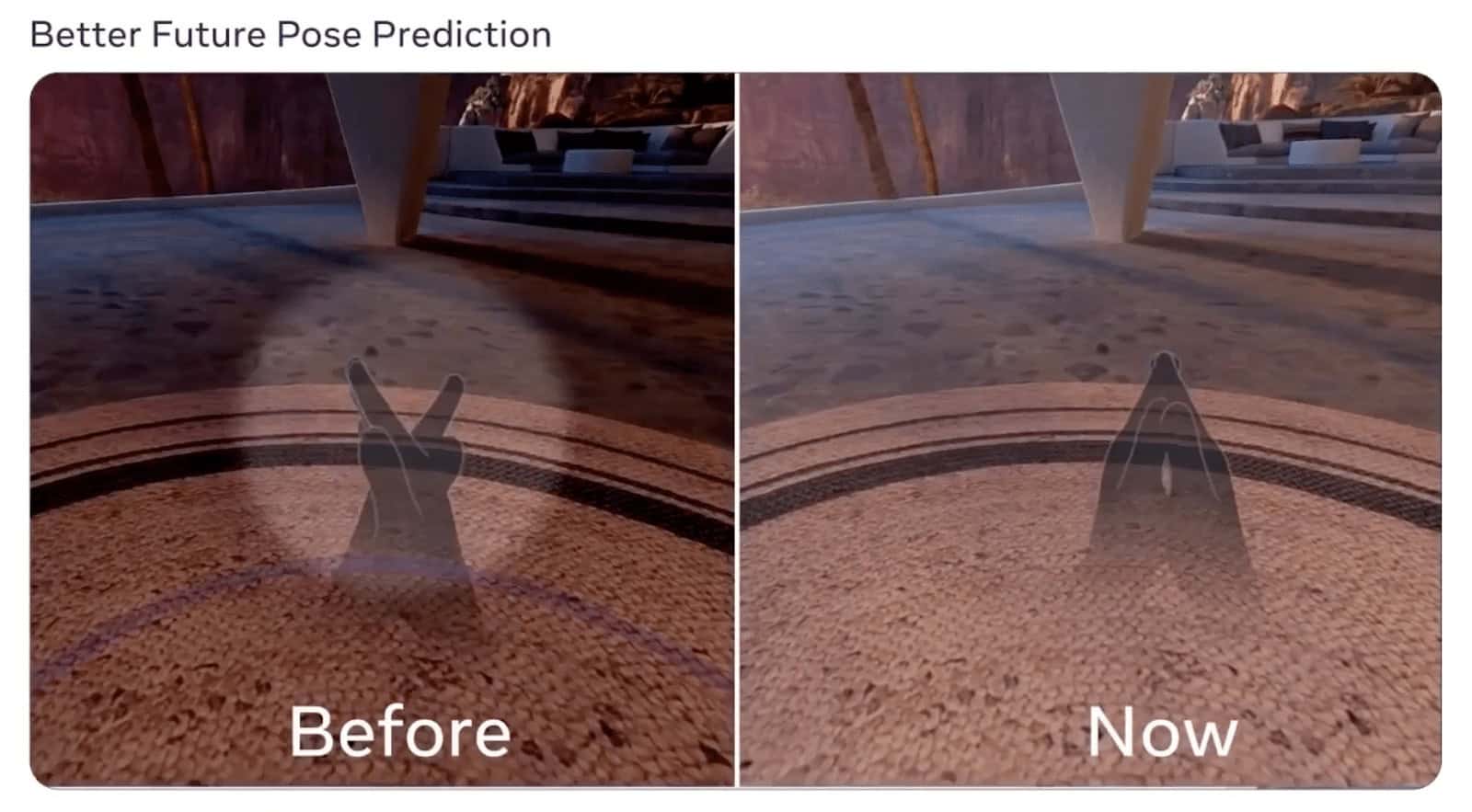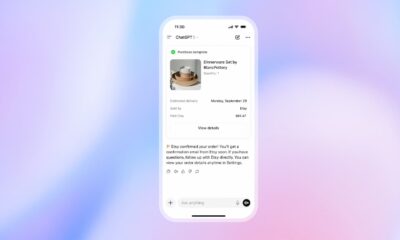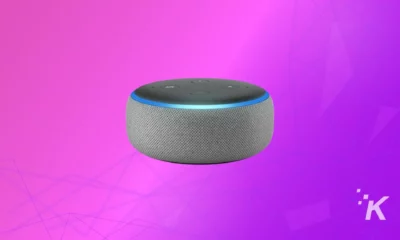News
Meta Quest 2 now has better hand tracking for high fives and clapping
Eventually, you might not even need controllers for VR.

Just a heads up, if you buy something through our links, we may get a small share of the sale. It’s one of the ways we keep the lights on here. Click here for more.
Meta’s Quest VR headsets are getting a significant boost to their hand-tracking skills with a new default Hand Tracking 2.1 system.
With Hand Tracking 2.1, the headsets can better identify and recreate more movements, like clapping hands or high-fives.
The news is mainly intended for developers who build Quest apps. But it also affects consumers as they will benefit from the changes made.
Per the company’s blog post:
With Hand Tracking 2.1, apps will be able to reduce tracking loss and predict future positions better than ever before. Recovery times have also been greatly reduced after incurring a loss when hands fall outside the FOV. Reducing recovery time will strengthen immersion and provide smoother interactions for users.
What to know about Meta’s Presence Platform

This update connects the Quest platform to Meta’s Presence Platform, which was announced by the company in October 2021.
The Presence Platform is part of Quest’s software that helps bridge real and virtual worlds together. It tracks your hands with the forward-facing cameras and puts them into the software world you see in the headset.
Designed to replace the hardware controllers, it can even figure out what your hands are doing if the camera can’t see all of your hands, like when you clap them together.
READ MORE: Meta thinks its next VR headset will replace your laptop
The Presence Platform can identify thumbs-up gestures, folded hands, high-fives, and other complex gestures. Other gestures have also been improved, like pinching, grabbing, and poking.
READ MORE: Meta’s new parental controls make Quest VR headsets safer for kids
Meta doesn’t want to stop there. Eventually, it wants you to wear a wristband that will sense if you’re thinking about moving your arms, hands, or fingers.
That wristband will also provide tactile feedback, making your brain think you’re touching virtual objects.
An inflatable glove is also in the works, but the company is keeping quiet about a potential release. Other companies are trying different controller designs, like this “shake weight for the metaverse.”
Another company, one backed by Sony, is working on an armband that simulates a sense of touch and weight.
Until hardware-based systems are more user-friendly, camera-based ones will have to do.
Have any thoughts on this? Let us know down below in the comments or carry the discussion over to our Twitter or Facebook.
Editors’ Recommendations:
- Which Oculus Quest 2 should you buy?
- This battery pack adds 1.5 hours of battery to your Quest 2 VR headset
- Amazon might be working on AR tech that doesn’t require glasses
- Apple’s upcoming mixed reality headset has been delayed…again






























